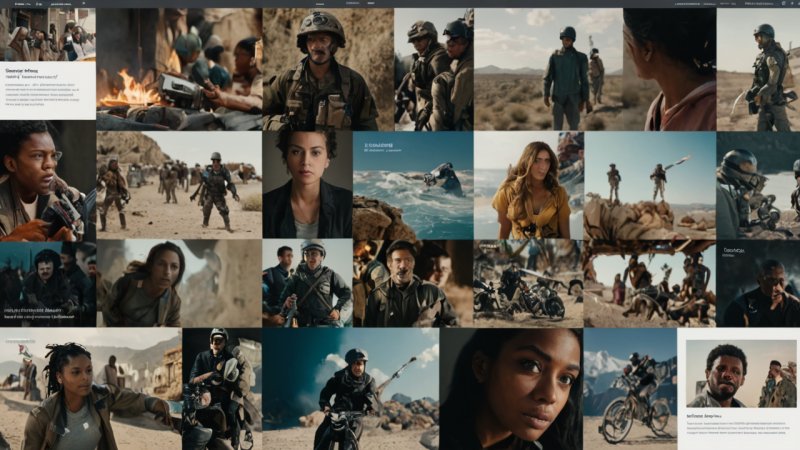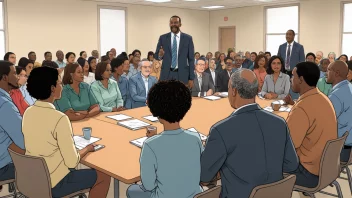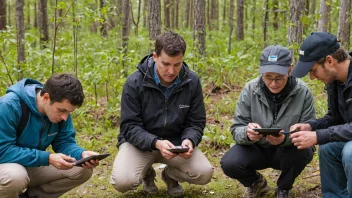Introduction
In today's fast-paced digital landscape, visual storytelling has emerged as a vital tool for communication across various media platforms. This article will guide you through the process of effectively using visual storytelling to enhance your message and engage your audience. By the end of this guide, you will understand the key elements of visual storytelling, the steps to create compelling narratives, and how to implement these strategies in your own projects.
Step 1: Understand the Basics of Visual Storytelling
Before diving into the creation process, it's essential to grasp what visual storytelling entails. It combines images, videos, and graphics to convey a narrative or idea in a way that resonates emotionally with the audience.
- Emotion: Visuals can evoke feelings that words alone may not.
- Engagement: People are more likely to remember stories told through visuals.
- Clarity: Complex ideas can be simplified through visual representation.
Step 2: Identify Your Audience
Understanding who your audience is will shape your storytelling approach. Consider the following questions:
- What are the demographics of your audience?
- What are their interests and preferences?
- How do they consume content?
By answering these questions, you can tailor your visuals and narrative style to better connect with your viewers.
Step 3: Define Your Core Message
Every effective visual story starts with a clear message. Ask yourself:
- What do I want my audience to learn or feel?
- What action do I want them to take after experiencing my story?
Once you have a concise message, you can begin crafting your visuals to support it.
Step 4: Choose the Right Visual Elements
Select visuals that align with your core message. Consider the following types of visual elements:
- Images: High-quality photographs or illustrations that evoke emotion.
- Videos: Short clips that can tell a story in a dynamic way.
- Infographics: Visual representations of data that simplify complex information.
Ensure that all chosen elements are cohesive and enhance the overall narrative.
Step 5: Create a Compelling Narrative Structure
A strong narrative structure is crucial for effective storytelling. Consider using the following framework:
- Beginning: Introduce the main character or concept.
- Middle: Present challenges or conflicts that arise.
- End: Offer a resolution or takeaway message.
This structure helps maintain audience interest and provides a satisfying conclusion.
Step 6: Incorporate Interactive Elements
Incorporating interactive elements can deepen audience engagement. Consider:
- Quizzes: Engage users with questions related to your story.
- Polls: Allow audience participation to gather opinions.
- Clickable graphics: Enable users to explore content at their own pace.
Interactive features can make your storytelling more memorable and impactful.
Step 7: Test and Gather Feedback
After creating your visual story, share it with a small audience to gather feedback. Consider the following methods:
- Surveys: Ask viewers for their thoughts on clarity and engagement.
- Focus Groups: Conduct discussions to gain deeper insights.
- A/B Testing: Compare different versions to see which resonates more.
Use this feedback to refine your storytelling approach.
Step 8: Publish and Promote Your Visual Story
Once you’ve refined your visual story, it’s time to share it with the world. Consider these promotion strategies:
- Social Media: Share snippets to attract attention.
- Blog Posts: Write accompanying articles that provide context.
- Email Newsletters: Reach your audience directly with updates.
Effective promotion will ensure your story reaches a wider audience.
Summary
In this guide, we explored how to harness the power of visual storytelling in contemporary media. By understanding the basics, identifying your audience, defining your core message, choosing the right visuals, creating a compelling narrative, incorporating interactive elements, testing your story, and finally publishing and promoting it, you can create impactful narratives that resonate with your audience. Remember, the key to successful visual storytelling lies in the connection you create with your viewers. Happy storytelling!






